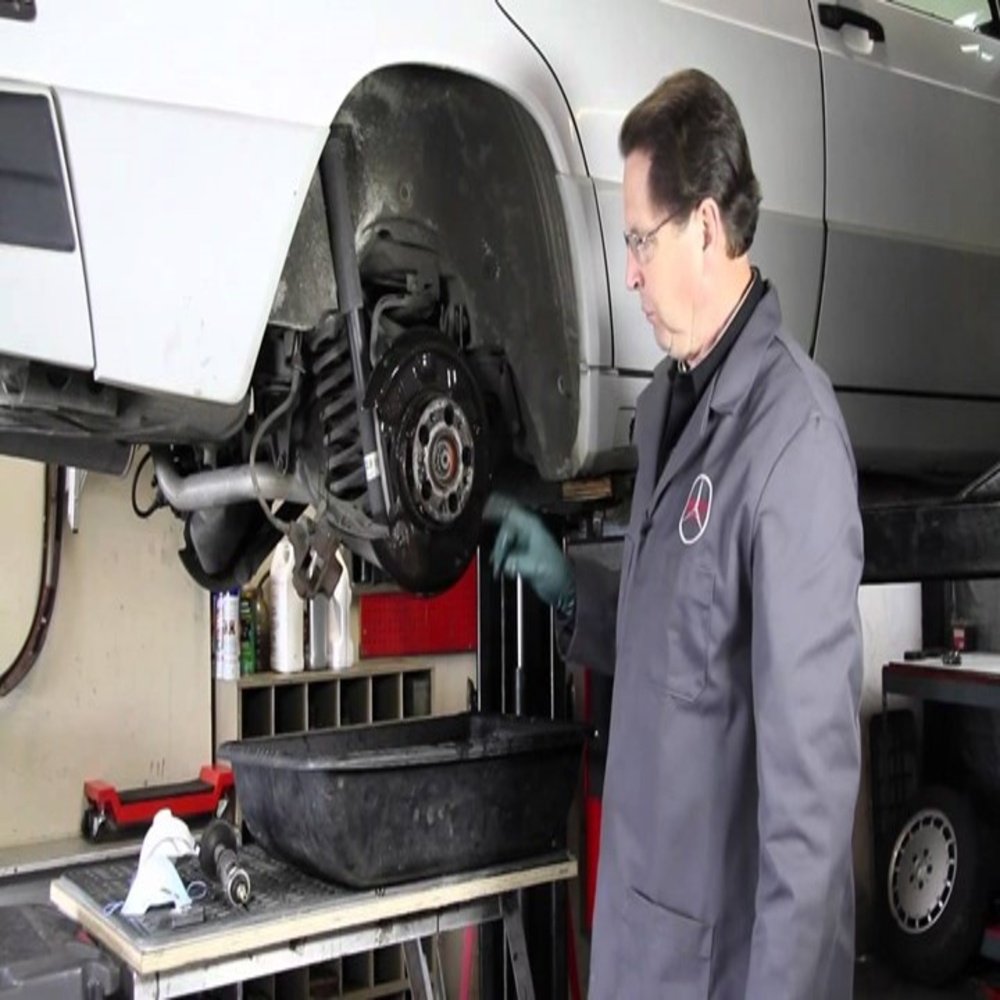What Happens First? Contact Insurance Company Set Up Rental Talk to Insurance Adjuster Create Preliminary Estimate Perform Pre-Body Inspection Scan …
What Happens First?
Contact Insurance Company Set Up Rental Talk to Insurance Adjuster Create Preliminary Estimate Perform Pre-Body Inspection Scan all Modules on Vehicle Check Alignment Check for Mechanical Damage
Tear Down/Bluepring
The vehicle is torn down and additional repairs are recommended. Often times when tearing down a vehicle you will be able to spot damage that is not able to be seen when the vehicle is still assembled. Below are some pictures of damage found during the blueprint process.
 You can see the inner structure behind the grill on the left picture is damaged.
In the right picture tear down shows a kink in the front part of the frame behind the bumper support bar.
You can see the inner structure behind the grill on the left picture is damaged.
In the right picture tear down shows a kink in the front part of the frame behind the bumper support bar.
Both of these issues are researched and added to the supplemental estimate which is an estimate created after the preliminary estimate. The research portion is important. It is vital that you check the OEM procedures for replacement on all parts, but especially structural components such as a frame. The insurance company wanted to pull and repair the frame shown above. Toyota recommends replacing the frame. In the end the OEM procedure must be followed or the repair will be incorrect and unsafe in the even of another collision.
After the Blueprint and Supplemental estimate are complete, the parts are then sourced and ordered. The parts are checked for quality and correctness as well as fitment upon delivery. This allows the shop to verify the part as good and schedule the repair more accurately. We generally do not start on a vehicle unless all parts are collected to prevent stoppage in workflow. This also allows us to get the vehicle back to the customer quicker as well as allows for a better quality repair when you do not have to start and stop repeatedly.
It is important to understand the difference between aftermarket and factory parts. Aftermarket parts do not fit as well as factory parts This can cause large gaps where panels meet as well as other fitment issues. Aftermarket parts can be thinner material as well Factory parts are higher quality Fitment is much more accurate with factory new and even used parts Factory parts generally cost more and the insurance company will not always cover a factory part. You may consider paying the additional out of pocket for a Factory new part during the repair.The Repair
The general first stage of repair is the frame shop The Frame shop will help straiten areas that need to be pulled to make sure the car measures correctly. Many cars these days do not have traditional frames IF your vehicle does have frame damage it is best to ask how the repair is being done and make sure OE procedures are being followed. The second stage is the Body Repair portion. Exterior panels being repaired or replaced are worked on here. A panel being replaced may need to be cut out and welded back on. Make sure your insurance company is not installing a used panel Once the panel is installed or repaired it must be prepped for paint and this may include some body filler and sanding.Paint
The vehicle is primed and prepped for paint The vehicle is then masked off and the paint shop lays down the base coat and clear coat.

Final Assembly and Delivery
After the vehicle is painted often times assemblies have to be rebuilt and installed on the vehicle such as doors and bumpers. This is also a time any paint imperfections are handled as well. Once the vehicle is assembled it is cleaned and detailed. A quality control checklist is performed and the vehicle is taken on a final test drive to make sure all modules are reset and driveability is rechecked.All in all this is a basic overview of the repair process. There is a significant amount more work that goes into repairing the vehicle. The research and repair process are very important for a quality repair. It unfortunately is very easy for shops to cover up sub-standard work. Often time a shop may have to blend the paint to ensure a quality match. Additionally certifications in the collision industry are very important and also telling. I-Car certifies shops and provides solid industry training that keeps shops who are I-Car Gold Class on the leading edge. Lastly a reputable shop will offer a lifetime warranty on the repair and paint. When looking for a good shop, make sure they are reputable, certified and over all, trustworthy.












